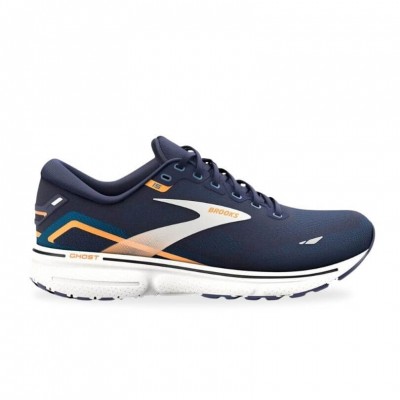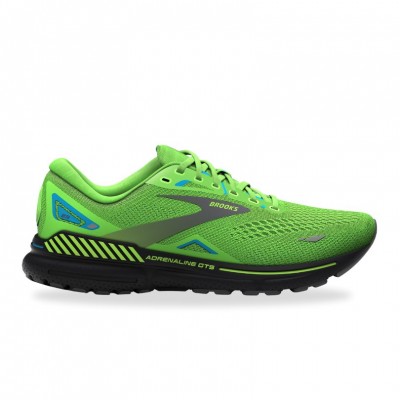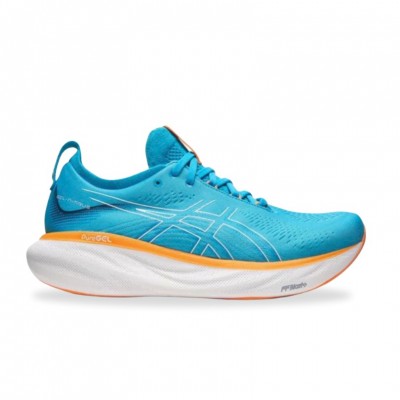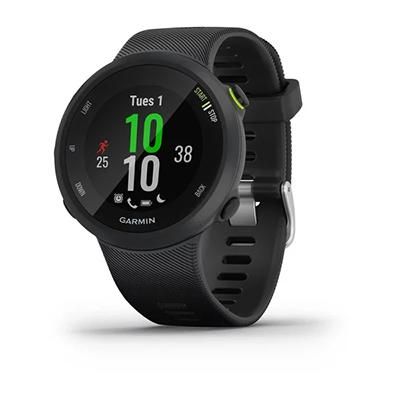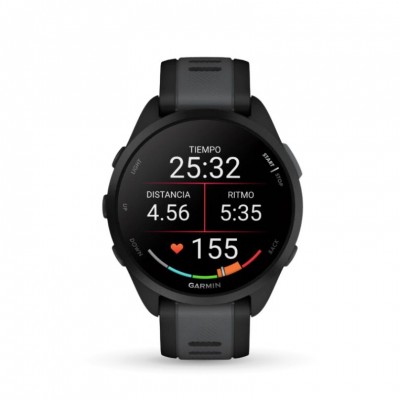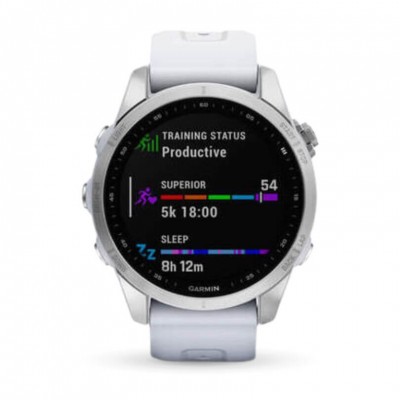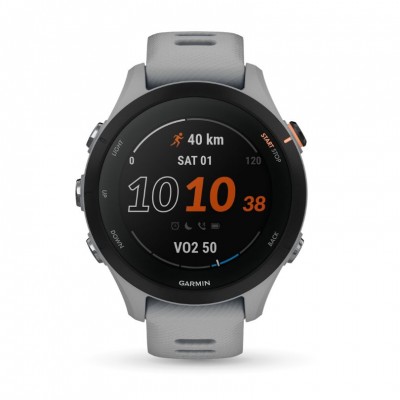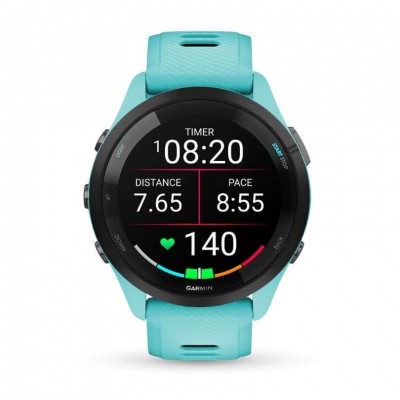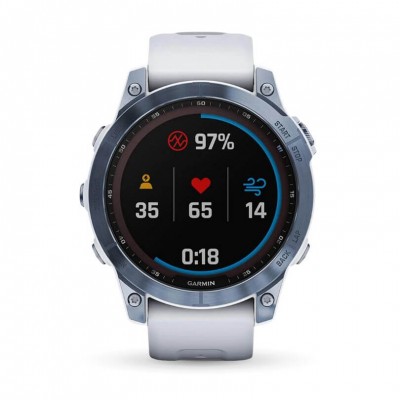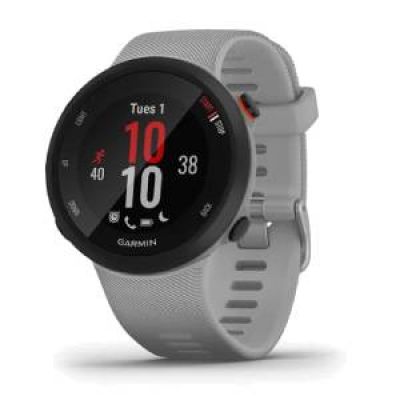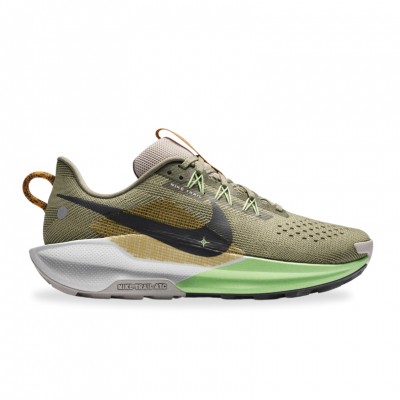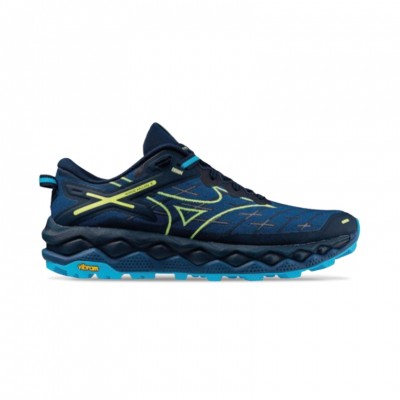Running in the heat can be a challenge, especially in the summer months when we tend to think more about resting than training, but it's also an opportunity to improve your performance. In this article, we'll explain how the heat affects your body, how to minimize the risks and how to get the most out of your workouts when the sun is hot. Get your running shoes, hat and sunglasses ready, we're about to get started...

Not sure which shoe to choose?
In a few simple steps we help you to choose the ideal running shoe for you.
GO TO THE RECOMMENDERBenefits of running in the heat
Not everything is negative when running in the heat. Running in temperatures up to 25-26 degrees can also bring certain benefits. Here we explain some of them:
Heat acclimatization: when you regularly run in the heat, your body gradually adapts to the high temperatures. This acclimatization process can include a number of physiological changes, such as increased sweating and decreased salt concentration in sweat, which can help prevent dehydration. In addition, heat acclimatization can improve the body's ability to maintain a normal body temperature during exercise in hot conditions, which can improve comfort and performance. According to a study published in the Journal of Applied Physiology, heat acclimatization can improve endurance capacity by 15-25%.
Improved cardiovascular capacity: Running in the heat can increase oxygen demand in your body, which can help improve your cardiovascular capacity. When you run in the heat, your body has to work harder to pump blood to the skin to dissipate heat, which can help strengthen your heart and improve your ability to handle physical stress. According to research published in the Journal of Sports Sciences, running in the heat can increase blood volume and improve the body's ability to control body temperature.
Increased endurance: Running in the heat can help improve your endurance. This is because your body has to work harder to keep cool, which can help strengthen your muscles and improve your ability to handle physical stress. In addition, acclimatization to heat can improve your body's efficiency in using water and electrolytes, which can help prevent dehydration and muscle cramping during prolonged exercise.
Weight loss: Running in the heat can increase the amount of calories you burn during exercise, which can help you lose weight. However, it's important to remember that weight loss should be healthy and sustainable. And of course don't do crazy things like running in non-breathable clothing. You should make sure to replenish the fluids and electrolytes you lose through sweat to avoid dehydration and always wear appropriate clothing.
Improved mental health: Running in the heat can be challenging, but it can also be an opportunity to improve your mental endurance. It can help you develop coping skills to manage physical and mental stress, which can be beneficial in other areas of your life.
Risks associated with running in the heat
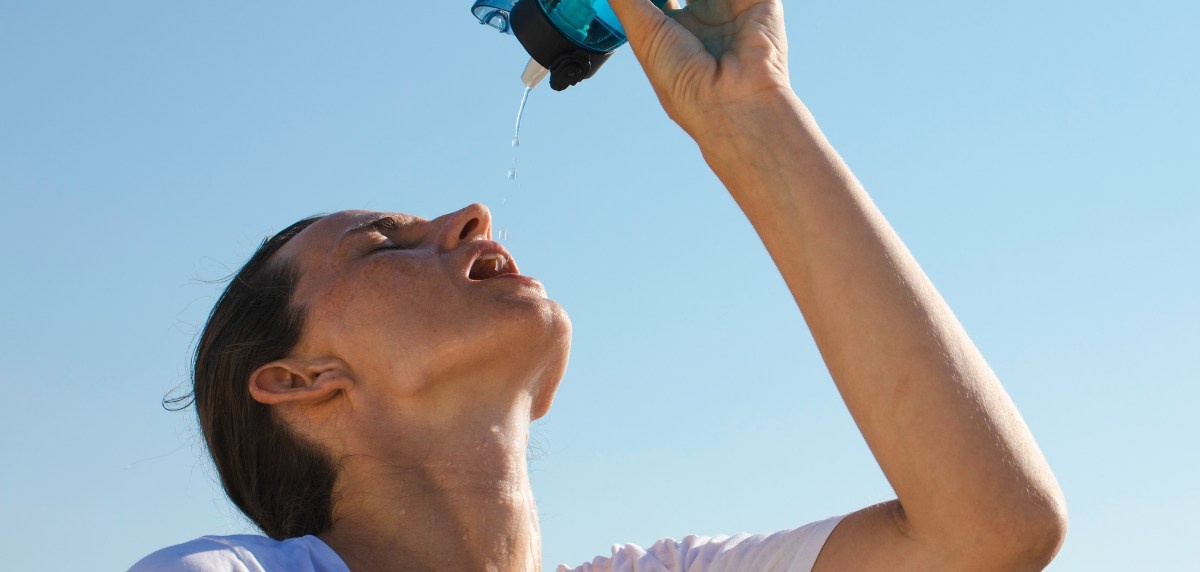
What you probably already know and are aware of is that running in high temperatures carries risks that can even be deadly. Keep them in mind before you start running in the heat:
1. Dehydration: running in the heat can increase your risk of dehydration, which is a condition that occurs when you lose more fluids than you consume. Symptoms of dehydration can include thirst, dark-colored urine, fatigue, dizziness and confusion. To minimize this risk, it is important to drink enough fluids before, during and after your runs. In addition to water, you may consider sports drinks containing electrolytes to replenish salts lost through sweat.
2. Heat stroke: Heat stroke is a potentially fatal condition that occurs when your body overheats, usually as a result of prolonged exposure to high temperatures or physical activity in the heat. Symptoms of heat stroke can include a body temperature of 40 degrees Celsius (104 degrees Fahrenheit) or higher, red, hot and dry skin, rapid and strong pulse, headache, dizziness, nausea, confusion and loss of consciousness. To minimize this risk, it is important to avoid running during the hottest part of the day, wear light, breathable clothing, and take frequent breaks to cool down. If you suspect that you or someone else may be suffering from heat stroke, seek immediate medical attention.
3. Sunburn: Running in the heat can increase your risk of sunburn, which is a skin burn caused by exposure to ultraviolet (UV) rays from the sun. Sunburn can be painful and can increase your risk of skin cancer. To minimize this risk, it is important to use sunscreen with an SPF of at least 30, wear clothing that covers your skin, and wear a hat and sunglasses to protect your face and eyes.
4. Heat-related illnesses: In addition to heat stroke, running in the heat can increase your risk of other heat-related illnesses, such as heat exhaustion, heat cramps, and heat rash. These conditions may be less serious than heat stroke, but they can still affect your performance and health. To minimize this risk, it is important to follow the same precautions as for preventing heat stroke, such as staying well hydrated, wearing appropriate clothing and taking frequent breaks to cool down.
5. Injuries: Running in the heat can increase your risk of injury. When it's hot, your muscles can tire more quickly, which can increase your risk of injuries such as sprains and strains. To minimize this risk, it is important to warm up properly before running, cool down after running, and listen to your body and rest if necessary.
How to identify if you are suffering from heat stroke
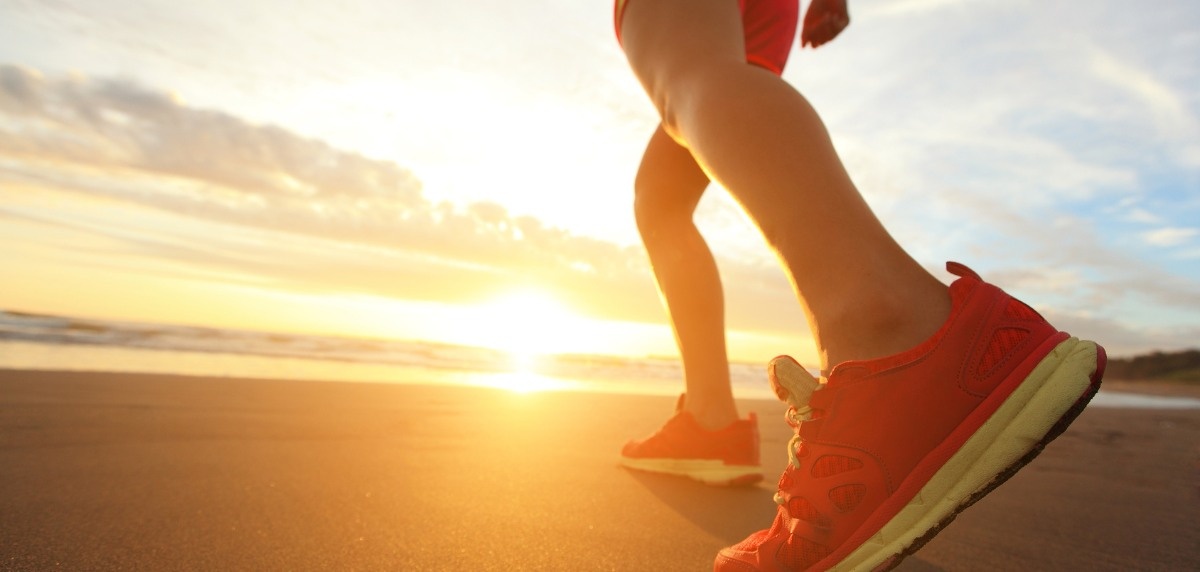
Heat stroke is a serious condition that can be life-threatening and requires immediate medical attention. It occurs when the body "overheats", usually as a result of prolonged exposure to high temperatures or physical activity in the heat. Here's how to identify the signs and symptoms of heat stroke:
High body temperature: A body temperature of 40 degrees Celsius (104 degrees Fahrenheit) or higher is the primary sign of heat stroke.
Altered mental status or behavior: Some people may have convulsions, lose consciousness, or show signs of confusion, agitation, delirium, bizarre behavior, or even go into a coma.
Altered sweating: In heat stroke caused by hot weather, the skin will feel hot and dry to the touch. However, in heat stroke caused by physical exercise, the skin may feel clammy.
Nausea and vomiting: Some people may feel sick or vomit.
Fast breathing: Breathing may become rapid and shallow.
Rapid heart rate: The pulse may increase significantly as the heat puts a lot of stress on the heart in an attempt to cool the body.
Headache: Many people experience a throbbing headache.
If you suspect that you or someone else may be suffering from heat stroke, seek immediate medical attention. While waiting for medical help, try to cool the person by moving them into the shade, removing unnecessary clothing, applying cool cloths or ice to the body, especially the armpits and groin, or immersing them in cool water, if possible.
Supplementation for running in the heat
Running in the heat can increase your body's demand for certain nutrients. At RUNNEA we tell you what these nutrients are, when to take them and in what amounts:
Sodium: Sodium is an essential electrolyte that you lose through sweat when you run. It helps maintain fluid balance in your body and is necessary for muscle and nerve function. During long runs in the heat, you may need to replenish lost sodium to avoid problems such as muscle cramps. Sports drinks usually contain about 400 mg of sodium per liter. If you prefer water, you may consider taking an electrolyte tablet with about 300 mg of sodium.
Potassium: Potassium is another electrolyte that you lose through sweat. It is necessary for muscle and nerve function and for maintaining fluid balance in your body. Sports drinks usually contain about 200 mg of potassium per liter. Electrolyte tablets may also contain potassium.
Carbohydrates: Carbohydrates are the main source of energy for your muscles during exercise. During long runs in the heat, you may need to replenish carbohydrates to maintain your energy. Sports drinks usually contain about 60 grams of carbohydrates per liter. Energy gels are also a good source of carbohydrates and usually contain about 20-25 grams per serving.
Protein: Protein is necessary for recovery after a race. They help repair and build muscle. After a run, you can consider having a protein bar or protein shake with about 10-20 grams of protein.
References:
Lorenzo S, Halliwill JR, Sawka MN, Minson CT. Heat acclimation improves exercise performance. J Appl Physiol (1985). 2010 Oct;109(4):7. doi: 10.1152/japplphysiol.00495.2010. Epub 2010 Jul 29. PMID: 20671038.
Périard JD, Cramer MN, Chapman PG, Caillaud C, Thompson MW. Cardiovascular strain impairs prolonged self-paced exercise in the heat. Exp Physiol. 2011 Feb;962):134-44. doi: 10.1113/expphysiol.2010.054213. Epub 2010 Oct 1. PMID: 20889965.
Read more news about: Running News





